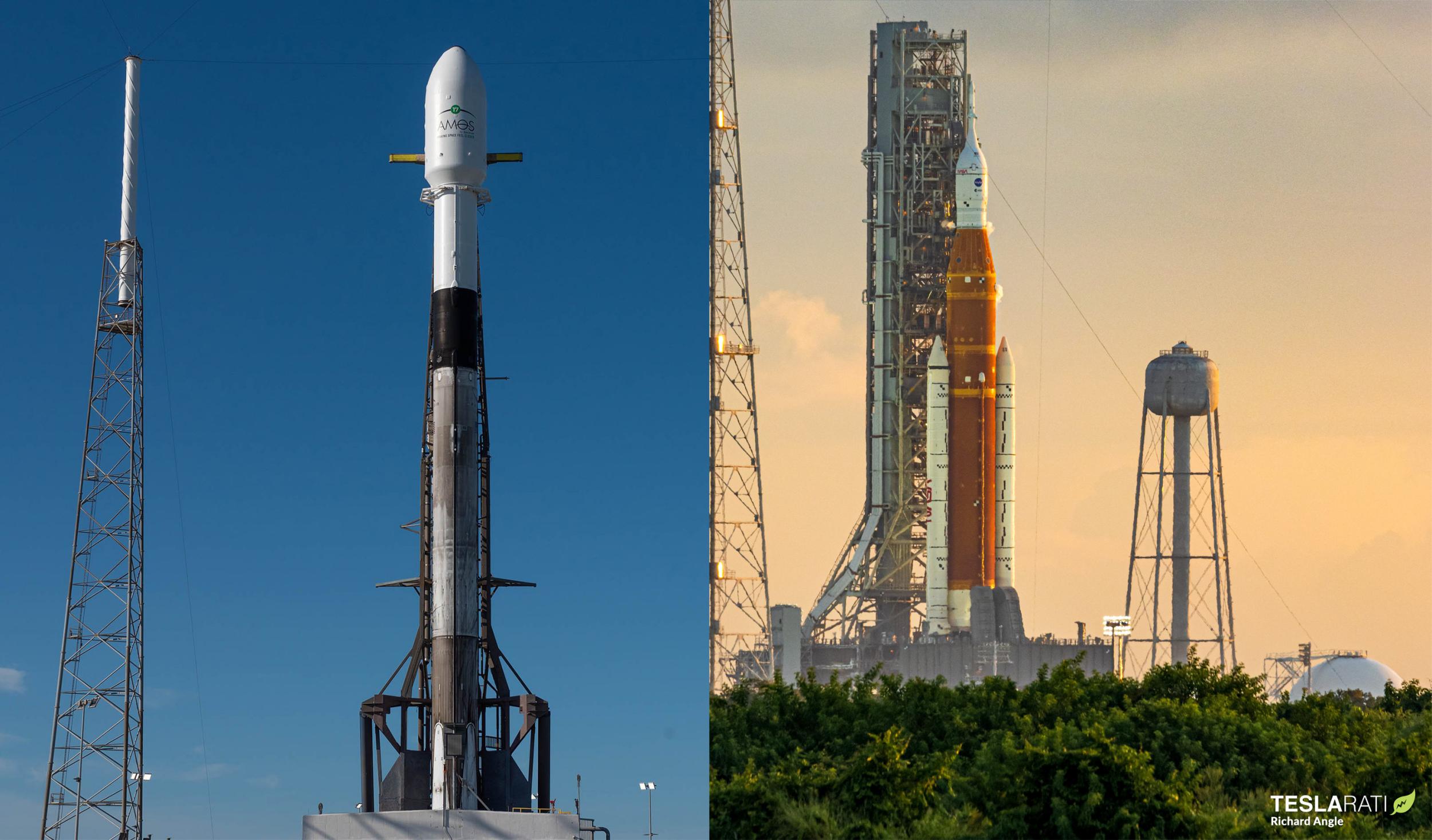
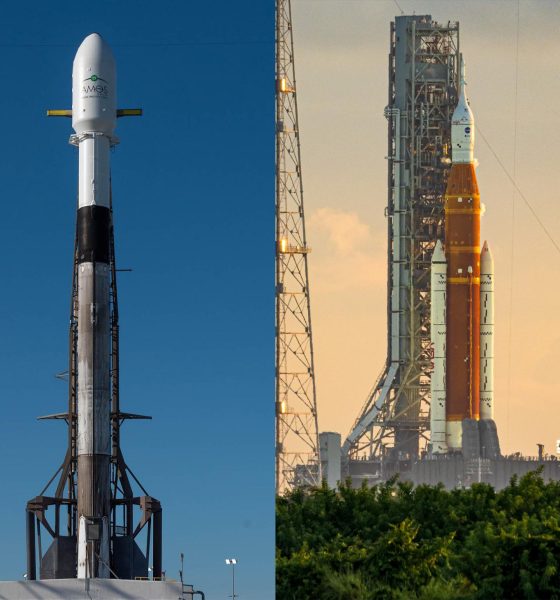
News
SpaceX, NASA batten down the hatches as another storm approaches Florida
SpaceX, NASA, and the rest of the Kennedy Space Center (KSC) and Cape Canaveral Space Force Station (CCSFS) are doing what they can to prepare for Tropical Storm Nicole’s imminent arrival.
The somewhat unexpected storm grew quickly in recent days and has become a system that could at least partially threaten the Space Coast and its tenants. After the likelihood of favorable weather conditions dropped to just 20% on November 7th, SpaceX announced later the same day that it would delay its next Falcon 9 launch from November 8th to no earlier than (NET) November 12th. Increasingly tight scheduling of one of SpaceX’s two Florida pads will likely trigger delays for at least two or three more November launches, magnifying the storm’s immediate impact.
In comparison, the situation facing NASA could become more serious. On November 4th, for the fourth time since April 2022, NASA rolled its first Space Launch System (SLS) rocket to KSC’s LC-39B pad for a third launch attempt. Due to a combination of the storm’s quick growth and the nature of the SLS rocket, the design of which was dictated more by political expediency than rational engineering, the agency was reluctant to roll the rocket back to shelter. By the time it was clear that Nicole would impact Cape Canaveral, it was too late for NASA to complete the multi-day rollback process.
In late September, Hurricane Ian created a similar situation. The threat of the tail-end of the storm bringing winds higher than the SLS rocket is rated to survive forced NASA to abandon a third launch attempt and instead roll SLS back to the Vehicle Assembly Building (VAB), which is rated to survive even a Category 5 hurricane. According to NASA, SLS is designed to withstand wind gusts as high as 137 km/h (85 mph). Even then, some senior officials were brazenly reluctant to stand down. Every round trip to and from the VAB guarantees weeks of delays before the next possible launch attempt. Additionally, while NASA has refused to offer more context, each crawler ride seemingly takes a toll on the SLS rocket, meaning that the vehicle can only handle a limited number of rollbacks before unspecified issues begin to arise.
As a result, even though high winds could apparently damage the first SLS rocket and orbit-capable Orion spacecraft, which represent 10-15 years of work and would cost a minimum of $4.1 billion to replace, NASA was nearly willing to play chicken with a hurricane. Ultimately, someone in the agency saw reason and took the threat seriously enough to return the rocket to the safety of the VAB. But just six weeks later, with no evidence that NASA seriously considered a rollback before it was too late, SLS is stuck at Pad 39B while an increasingly threatening tropical storm – verging on a Category 1 hurricane – approaches the Space Coast.
Because the rollback process (which takes about a day) requires days of preparation, NASA would have had to decide to return SLS to the VAB days in advance. Instead, even though NASA was already aware that a storm system was developing, the agency decided to roll the rocket out of the VAB to LC-39B late on November 3rd. Had NASA merely delayed rollout by a few days to allow forecasts of the storm system to become more confident, it’s unlikely that it would have moved forward with its rollout plans as the storm’s predicted impact worsened.
When Hurricane Ian threatened KSC, NASA decided to roll SLS back to the VAB after the odds of sustained hurricane-force winds grew to 6%. That makes NASA’s decision to roll SLS to the pad when it had a forecast showing a 4% chance of similar winds even stranger.
SLS will be forced to weather the storm while sitting unprotected at the launch pad. As of November 7th, NOAA models predicted a 7% chance of hurricane-force winds at Kennedy Space Center. The odds increased to 15% 12 hours later – briefly equivalent to Russian roulette. The latest forecast has dropped to a 10% chance of sustained wind speeds of 120 km/h (75 mph) or higher. It’s unclear what the SLS rocket’s tolerance for sustained winds is, but it’s likely lower than its tolerance for gusts of up to 85 mph.
With any luck, Nicole will fall on the right side of NASA’s gamble. In the meantime, to “provide sufficient logistical time to get back into launch status following the storm,” NASA has delayed its third SLS launch attempt from November 14th to November 16th. The bulk of Nicole’s impact will begin to be felt at KSC as early as November 9th and should last for several days.

News
Tesla launches its new branded Supercharger for Business with first active station
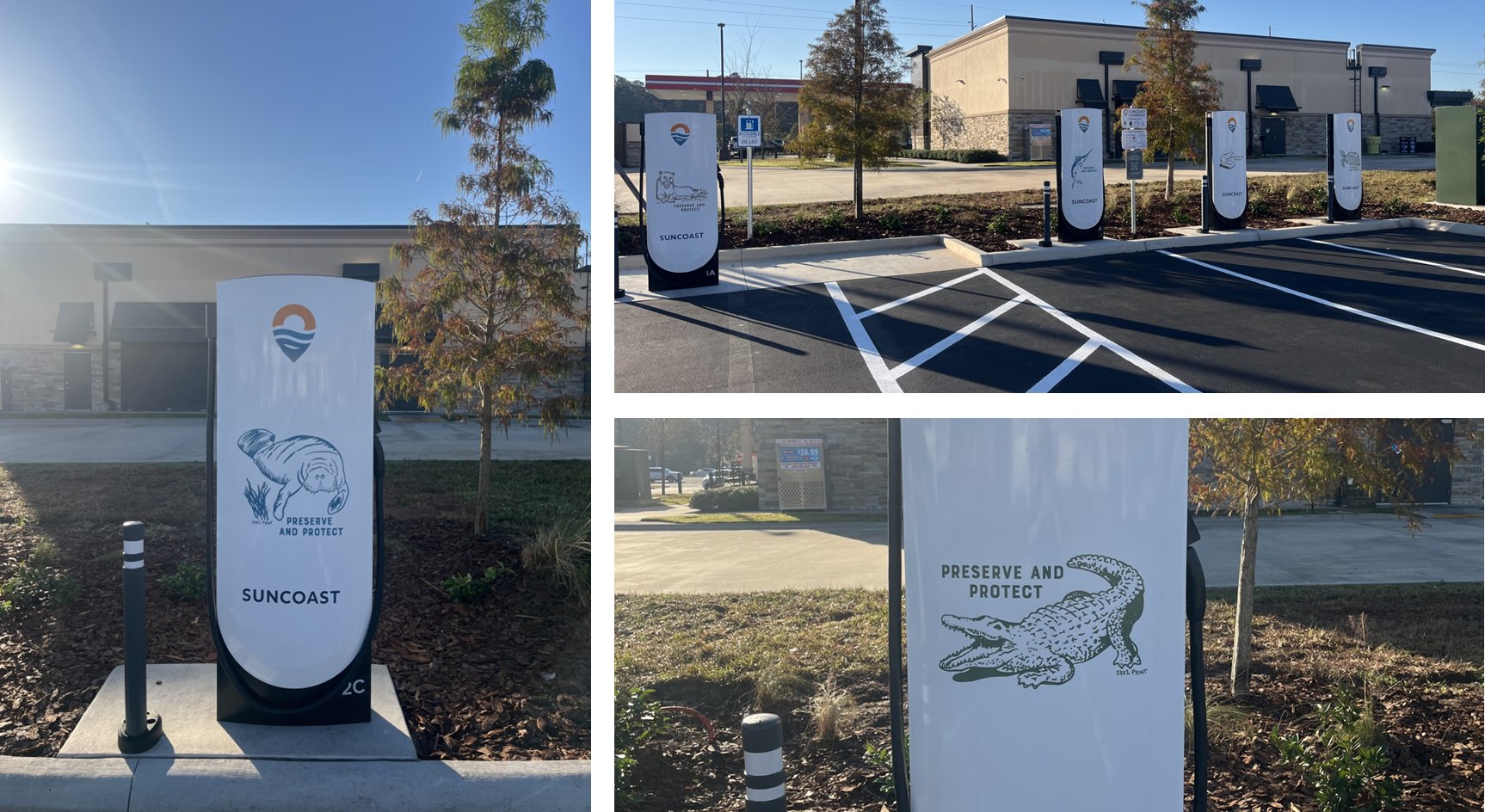
Tesla has officially launched its first branded Supercharger just months after initiating a new program that allows third-party companies to brand their own charging piles.
The site opened in Land O’ Lakes, Florida, and features eight V4 Supercharging stalls offering up to 325 kW of charging speed. It appears it was purchased by a company called Suncoast Credit Union. This particular branch is located Northeast of Tampa, which is on the Gulf of Mexico.
It features graphics of Florida animals, like alligators:
Here’s a video of the graphics being installed on the Tesla Superchargers at this site: https://t.co/oIfEPNZjAH pic.twitter.com/ENWakZ2qT9
— TESLARATI (@Teslarati) November 20, 2025
Tesla launched this program back in September, and it basically was a way to expand its Supercharger presence and also allow companies to pay for the infrastructure. Tesla maintains it. When it announced the “Supercharger for Business,” it said:
“Purchase and install Superchargers at your business. Superchargers are compatible with all electric vehicles, bringing EV drivers to your business by offering convenient, reliable charging.”
The program does a few things. Initially, it expands EV charging infrastructure and makes charging solutions more readily available for drivers. It can also attract people to those businesses specifically.
Tesla launches new Supercharger program that business owners will love
The chargers can also be branded with any logo that the business chooses, which makes them more personalized and also acts as an advertisement.
The best part is that the customers do not have to maintain anything about the Supercharger. Tesla still takes care of it and resolves any issues:
“We treat your site like we treat our sites. By providing you with a full-service package that includes network operations, preventative maintenance, and driver support, we’re able to guarantee 97% uptime–the highest in the industry.”
It appears the Superchargers will also appear within the in-car nav during routing, so they’ll be publicly available to anyone who needs to use them. They are still available to all EVs that have worked with Tesla to utilize its infrastructure, and they are not restricted to people who are only visiting the business.
Cybertruck
Tesla reveals its Cybertruck light bar installation fix
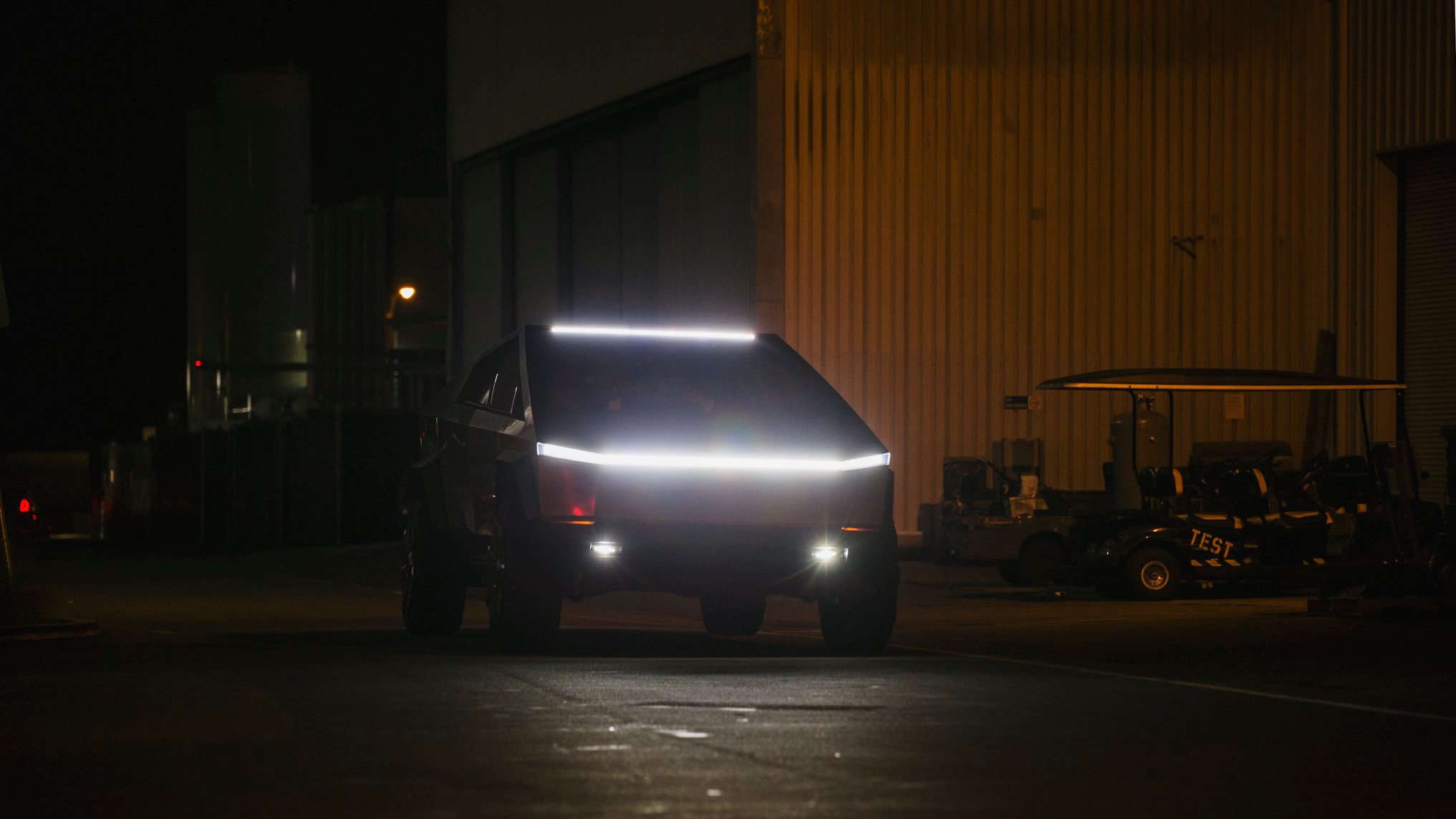
Tesla has revealed its Cybertruck light bar installation fix after a recall exposed a serious issue with the accessory.
Tesla and the National Highway Traffic Safety Administration (NHTSA) initiated a recall of 6,197 Cybertrucks back in October to resolve an issue with the Cybertruck light bar accessory. It was an issue with the adhesive that was provided by a Romanian company called Hella Romania S.R.L.
Tesla recalls 6,197 Cybertrucks for light bar adhesive issue
The issue was with the primer quality, as the recall report from the NHTSA had stated the light bar had “inadvertently attached to the windshield using the incorrect surface primer.”
Instead of trying to adhere the light bar to the Cybertruck with an adhesive, Tesla is now going to attach it with a bracketing system, which will physically mount it to the vehicle instead of relying on adhesive strips or glue.
Tesla outlines this in its new Service Bulletin, labeled SB-25-90-001, (spotted by Not a Tesla App) where it shows the light bar will be remounted more securely:
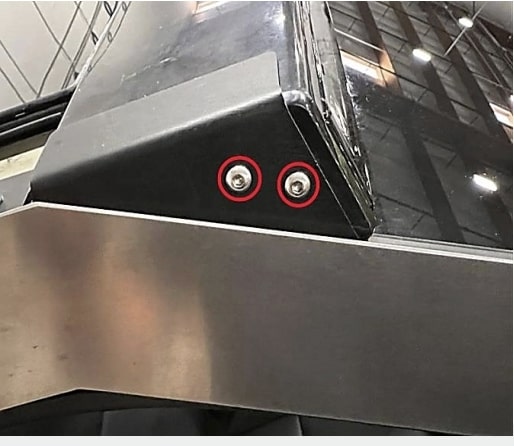
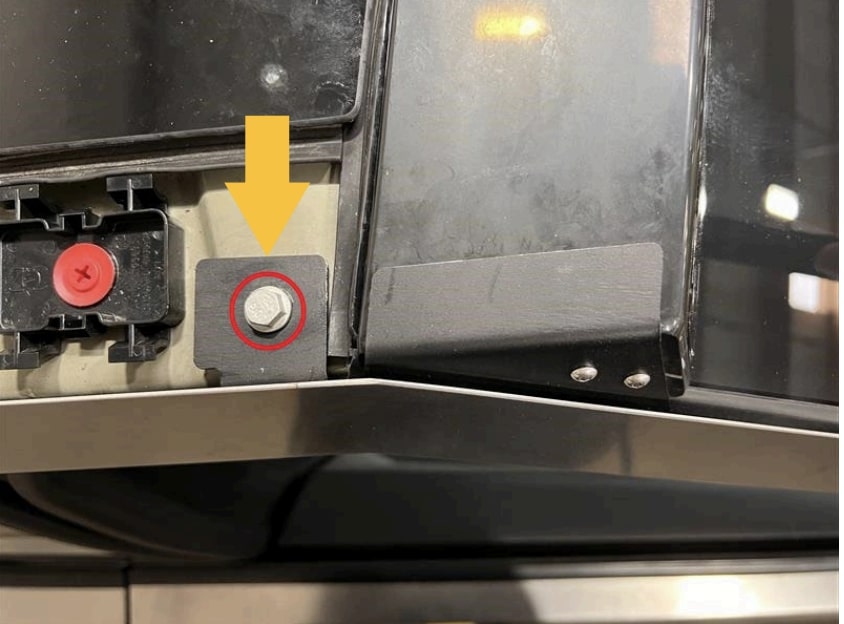
The entire process will take a few hours, but it can be completed by the Mobile Service techs, so if you have a Cybertruck that needs a light bar adjustment, it can be done without taking the vehicle to the Service Center for repair.
However, the repair will only happen if there is no delamination or damage present; then Tesla could “retrofit the service-installed optional off-road light bar accessory with a positive mechanical attachment.”
The company said it would repair the light bar at no charge to customers. The light bar issue was one that did not result in any accidents or injuries, according to the NHTSA’s report.
This was the third recall on Cybertruck this year, as one was highlighted in March for exterior trim panels detaching during operation. Another had to do with front parking lights being too bright, which was fixed with an Over-the-Air update last month.
News
Tesla is already expanding its Rental program aggressively
The program has already launched in a handful of locations, specifically, it has been confined to California for now. However, it does not seem like Tesla has any interest in keeping it restricted to the Golden State.
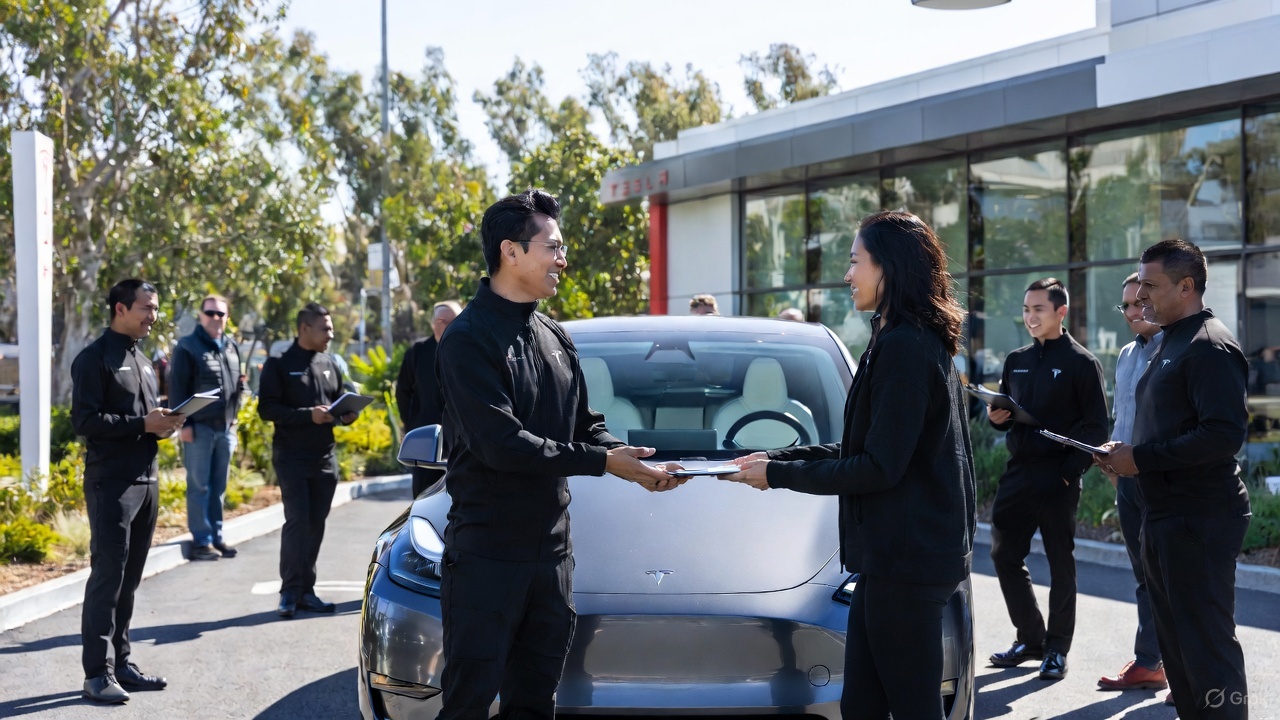
Tesla is looking to expand its Rental Program aggressively, just weeks after the program was first spotted on its Careers website.
Earlier this month, we reported on Tesla’s intention to launch a crazy new Rental program with cheap daily rates, which would give people in various locations the opportunity to borrow a vehicle in the company’s lineup with some outrageous perks.
Along with the cheap rates that start at about $60 per day, Tesla also provides free Full Self-Driving operation and free Supercharging for the duration of the rental. There are also no limits on mileage or charging, but the terms do not allow the renter to leave the state from which they are renting.
🚨🚨 If you look up details on the Tesla Rental program on Google, you’ll see a bunch of sites saying it’s because of decreasing demand 🤣 pic.twitter.com/WlSQrDJhMg
— TESLARATI (@Teslarati) November 10, 2025
The program has already launched in a handful of locations, specifically, it has been confined to California for now. However, it does not seem like Tesla has any interest in keeping it restricted to the Golden State.
Job postings from Tesla now show it is planning to launch the Rental program in at least three new states: Texas, Tennessee, and Massachusetts.
The jobs specifically are listed as a Rental Readiness Specialist, which lists the following job description:
“The Tesla Rental Program is looking for a Rental Readiness Specialist to work on one of the most progressive vehicle brands in the world. The Rental Readiness Specialist is a key contributor to the Tesla experience by coordinating the receipt of incoming new and used vehicle inventory. This position is responsible for fleet/lot management, movement of vehicles, vehicle readiness, rental invoicing, and customer hand-off. Candidates must have a high level of accountability, and personal satisfaction in doing a great job.”
It also says that those who take the position will have to charge and clean the cars, work with clients on scheduling pickups and drop-offs, and prepare the paperwork necessary to initiate the rental.
The establishment of a Rental program is big for Tesla because it not only gives people the opportunity to experience the vehicles, but it is also a new way to rent a car.
Just as the Tesla purchasing process is more streamlined and more efficient than the traditional car-buying experience, it seems this could be less painful and a new way to borrow a car for a trip instead of using your own.








